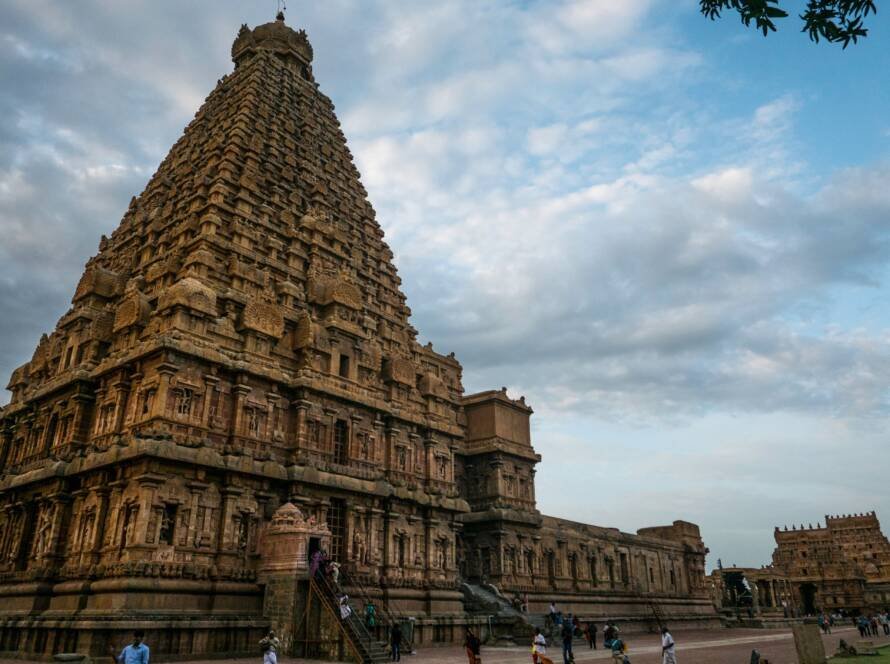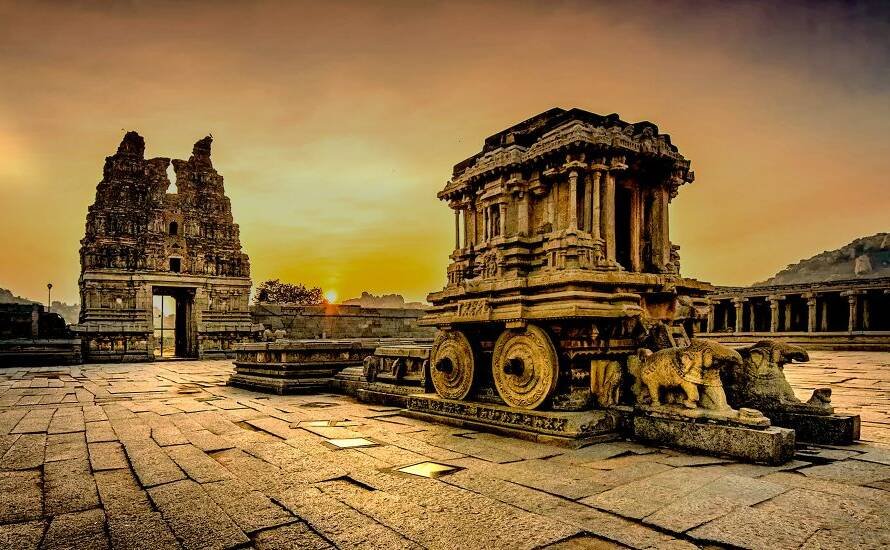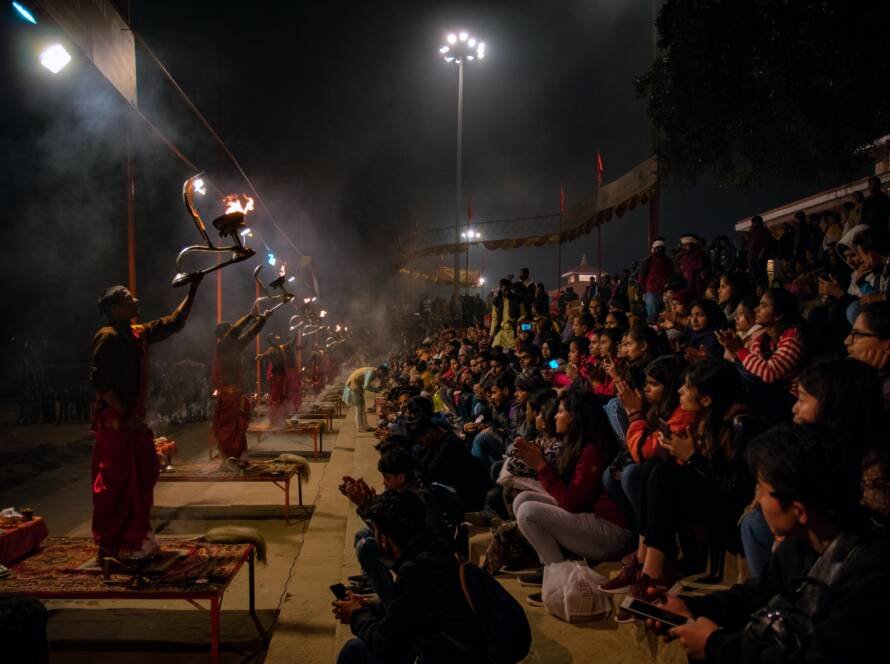In the heart of India, amidst the verdant landscapes of Madhya Pradesh, lies a treasure trove of architectural and artistic wonder—the Khajuraho temples. Renowned for their exquisite erotic carvings and architectural splendor, these temples stand as a testament to the Chandela dynasty’s artistic brilliance and cultural richness. Built between 950 and 1050 CE, the Khajuraho temples offer an unparalleled glimpse into the sophisticated artistry and societal values of ancient India.
The temples of Khajuraho, constructed during the Chandela dynasty, are celebrated for their intricate and evocative carvings, which adorn their walls and towers. This remarkable collection of temples, originally numbering 85, now comprises around 22 surviving structures. Each temple is a marvel of design and craftsmanship, showcasing the grandeur of medieval Indian architecture. The temples are distinguished by their towering spires, intricately carved facades, and meticulously detailed sculptures, which reflect the artistic and cultural ethos of the era.
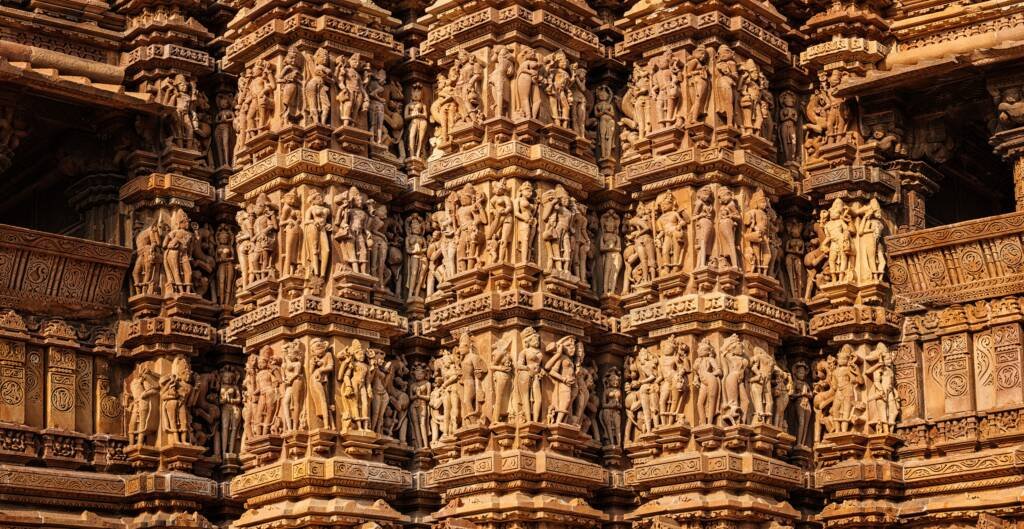
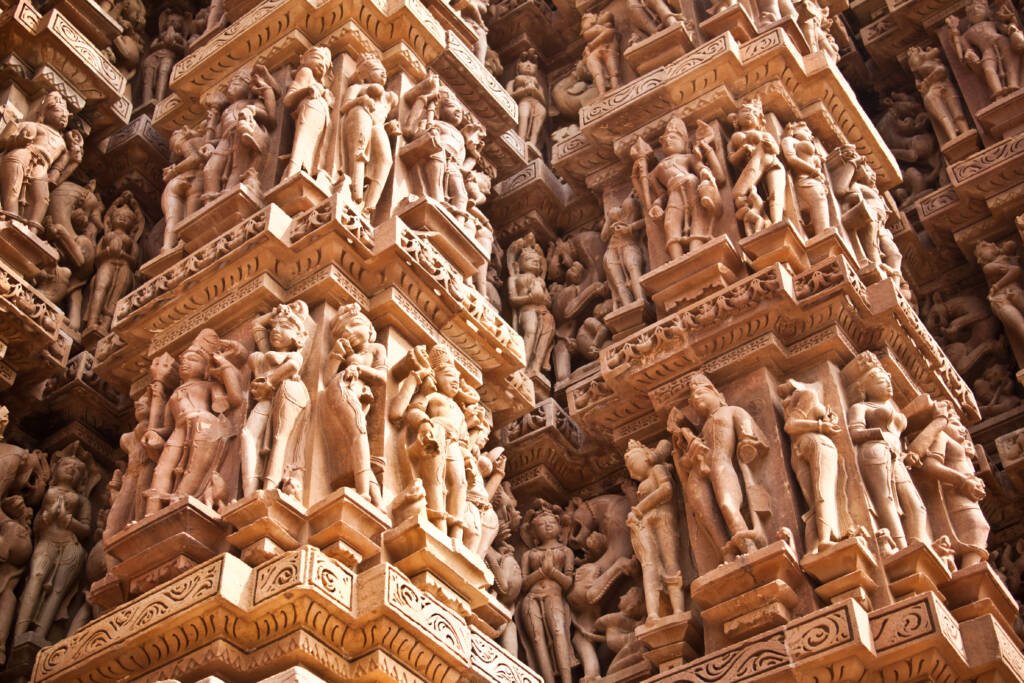
One of the most striking features of Khajuraho temples is their extensive and detailed erotic carvings. These depictions are not merely artistic indulgences but are believed to symbolize the celebration of life, love, and the divine, reflecting the complex interplay between spirituality and sensuality in ancient Indian culture.
In addition to the above art, the carvings on the Khajuraho temples portray a rich tapestry of mythological figures, daily life, and divine narratives. Scenes from Hindu epics, such as the Ramayana and Mahabharata, as well as images of deities and celestial beings, are intricately depicted, showcasing the temples’ role as both religious and cultural monuments. The temples’ walls are adorned with a diverse array of sculptures, from elegantly posed figures to dynamic narratives, revealing the depth of artistic imagination and technical skill of the Chandela artisans.
The architectural style of Khajuraho temples is another aspect of their grandeur. Characterized by their vertical spires and richly embellished surfaces, the temples embody a harmonious blend of form and function. The use of sandstone, carefully carved to create intricate designs, demonstrates advanced construction techniques and a high degree of craftsmanship. The temples are strategically arranged within a complex layout that emphasizes symmetry and alignment, enhancing their visual and spiritual impact.
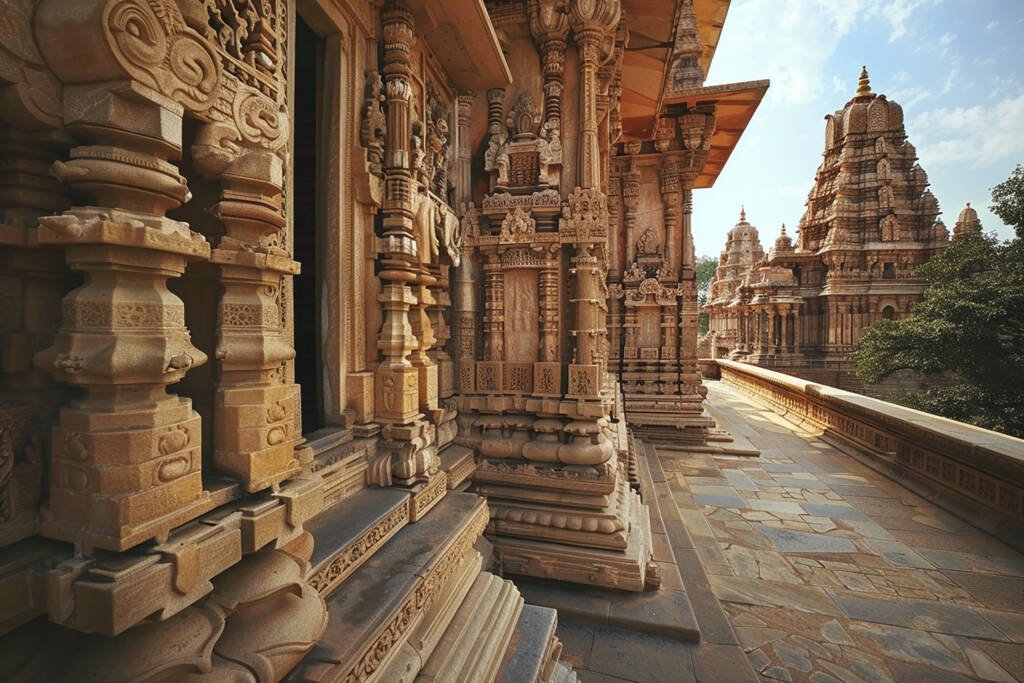
The Khajuraho temples also challenge the misconception of ancient Indian culture as being solely conservative or prudish. The explicit nature of some of the carvings reflects a society that embraced and celebrated various aspects of human experience, within a spiritual framework. This openness contrasts with the more restrained interpretations of sexuality seen in later periods, highlighting a time when art and religion intersected to explore and celebrate the full spectrum of human life.
Today, the Khajuraho temples continue to captivate visitors from around the world with their stunning visual narratives and historical significance. They stand as enduring symbols of India’s artistic and cultural heritage, illustrating the sophistication and creativity of ancient Indian civilization. The legacy of Khajuraho’s intricate carvings serves as a powerful reminder of a time when art and spirituality coexisted in a dynamic and open celebration of life and divinity.
The Khajuraho temples are more than just architectural marvels; they are a profound testament to the artistic, cultural, and spiritual achievements of ancient India. Their intricate carvings and architectural elegance offer a glimpse into a vibrant and multifaceted society, making them a celebrated and enduring symbol of India’s rich heritage.

